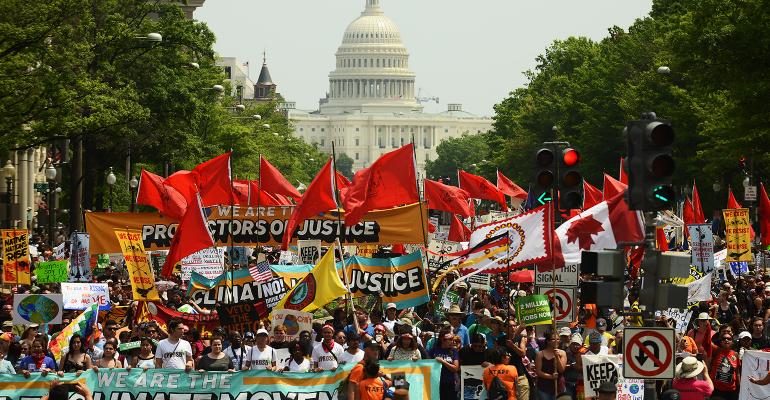Media reports focus a lot of government level pronouncements on climate policy, however the underlying trend of climate investing is a steadfast one that, increasingly, transcends politics. Collectively, individuals, corporations and local governments can wield more power.
Consider the United States. While the federal government has taken a different direction on climate initiatives, individual states and cities are rolling out ambitious plans of their own. In March, New Mexico joined California, Hawaii and the District of Columbia in setting a goal for all renewable and carbon-free electricity by 2045, and governors for a dozen other U.S. states are reportedly planning to unveil similar goals. Meanwhile, some of the world’s largest companies are taking meaningful steps to reduce their environmental footprints. Not to be underestimated, individuals are taking a stand, as citizens and as consumers.
This is all to say that a comprehensive climate strategy encompasses ideas big and small. It looks to address the broader threat of global warming, as well as to support grassroots initiatives to seek to solve problems related to pollution, resource scarcity, waste management and eco-diversity. Innovation does involve technology and business risk. However, a globally-diversified, active approach across asset classes—from early-stage to infrastructure to agriculture—can offer investors a means by which to achieve meaningful returns and make a real impact in addressing the most pressing issue facing our planet today.


